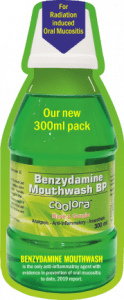Menu

The first 24 hours after implant placement may decide its long-term health. Looks like we are getting closer to the answers now.
A recent study in 15 healthy adults found that the initial microbes around dental implants come from inside the implant itself—specifically, the “cover-screw chamber.”
Within 24 hours, bacteria like Streptococcus mitis and Prevotella colonized the implant site.
These early microbes made up over 60% of the community and weren’t random—they recruited similar bacteria through what researchers called “nepotistic recruitment.”
Even after the crown was placed, the microbiome returned to its original structure, showing remarkable stability.
1. The implant microbiome shifted to a different distinct metabolic profile.
2. Over time, it diverged significantly from adjacent teeth, confirming nichespecific microbial development.
It means, implants don’t simply acquire bacteria from nearby teeth. They form a structured, independent community from the start—one that can potentially be modulated to maintain health.
1. Treat the cover screw at placement
2. Prime with beneficial microbes
3. Develop diagnostic tools (spatial mapping) to track early microbial shifts
1. Implant microbes come from the cover screw
2. First-day colonizers shape long-term health
3. Implant microbiome is stable and unique (different from adjacent natural teeth)
4. Early intervention may prevent disease
The critical window is short. Acting within 24 hours could mean the difference
between success and failure.
(if we combine this study with existing evidence)
1. Ensure excellent periodontal health before starting implant treatment
2. Apply antimicrobial coatings (eg. Chlorhexidine gel) to the cover-screw
threads before putting it in.


| PRODUCTS | QTY | PRICE | VALUE in INR |
|---|
| PRODUCTS | QTY | PRICE | VALUE in INR |
|---|